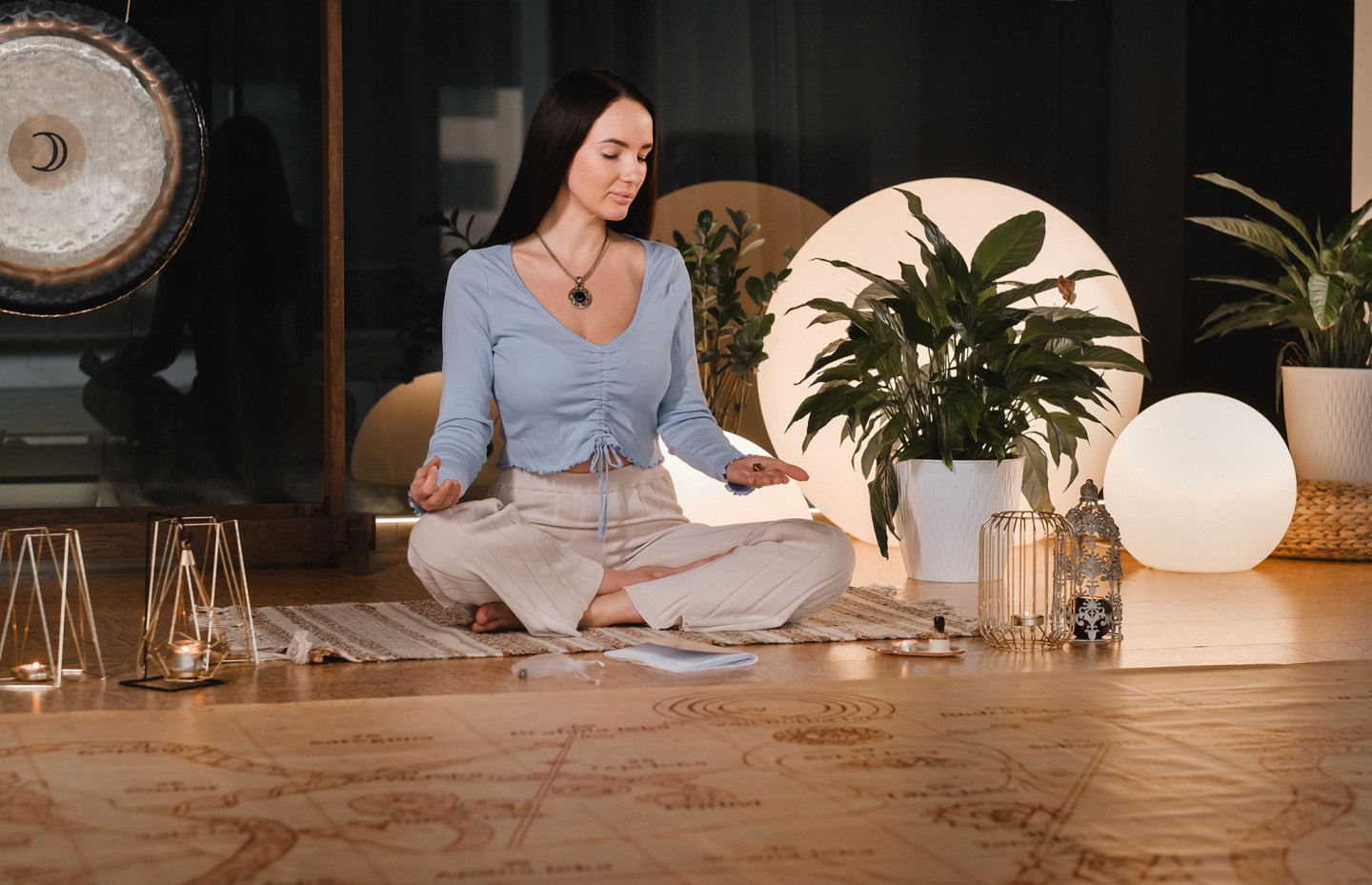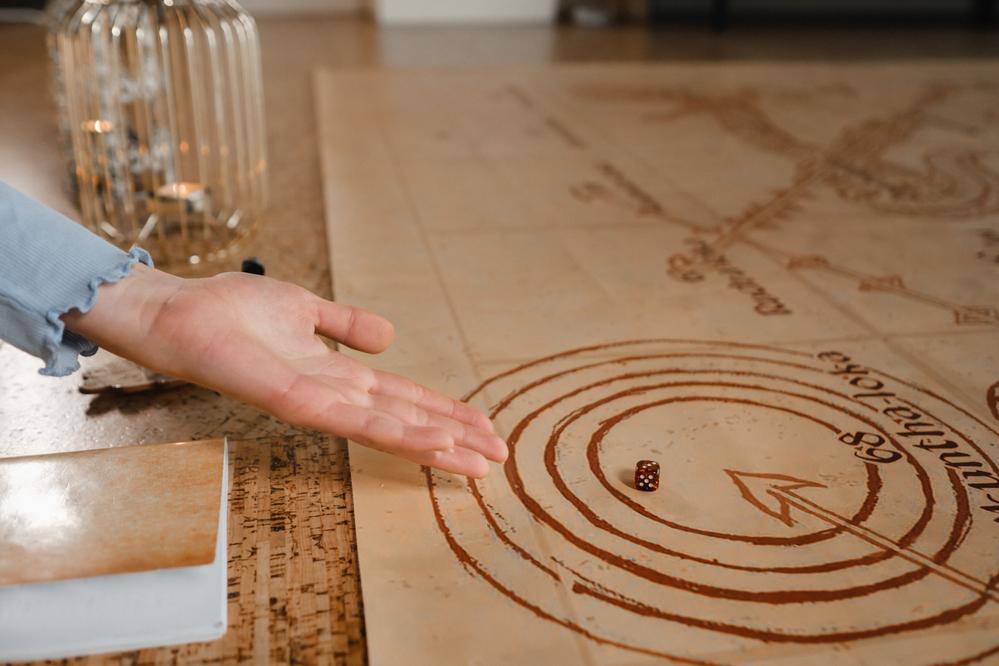
“The game “Lila” helps you change your life and find answers to the most sacred questions” – such an advertisement for “transformational practice” can be found on the Internet. Every year it becomes more and more popular. However, guides (special game leaders) and psychologists warn: “Lila” will not be able to solve your problems. Why is it needed and how to play it – we ask the experts.
The material was commented on:
Tatyana Kondratenko, psychologist, gaming practitioner, Alter platform specialist;
Anna Kazyuchits, conductor (host) of the game “Lila”.
- “Lila” game
- Target
- Conductor
- What is the price
- How to play
- Decoding
- Transformation
- Review from a psychologist
Transformation game “Lila”: what is it
The history of “Leela” dates back to 1975, when a book dedicated to the game by Harish Johari was published
Transformation Game “Lila” is a board game that helps you look inside yourself by working with associations and self-knowledge. This game is believed to be thousands of years old. “Leela” was first described by Harish Johari, an Indian philosopher, artist and popularizes of Hindu practices. He is the author of many books on traditional Indian practices such as Ayurveda, stone healing, tantra, as well as numerology and the transformation game “Leela” (1).
The Leela board may resemble the popular board game Snakes and Ladders. Most likely, she became a simplified version of “Lila”. Indeed, these elements are present on the board. Snakes represent flaws and downfalls, while ladders represent virtues and ups. If the player hits the head of an arrow, he must rise to its tip, and when he encounters a snake, he must descend to its tail. Seemingly simple rules are complicated by separate requirements to throw sixes for a certain move. For example, it is impossible to start the game until a six is rolled on the dice.
However, this game is called transformational because the field represents fundamental areas of our lives – from birth to tastes and smells. Once on a square, the player must correctly interpret this stop in his path of self-discovery. Especially in the context of the question he posed when starting the game. A guide helps to decipher the cells and apply this knowledge to the context – a person who does not play himself, but monitors compliance with the rules and progress of the game, knows and understands the transformational ideas inherent in the game. In the finale, the player must return to the 68th cell, where it all began – it is called the cell of cosmic consciousness. According to Hindu philosophy, it is the state in which a person remains before birth and to which he returns after death.
The game is full of references to Buddhism, numerology and Hinduism. Due to strict rules, it can last several hours. In the process, the player rethinks different aspects of his life – from the physical to the spiritual plane, from the past to the future. That is why Leela is called a game of self-discovery.
Purpose of the game

A player, asking a question at the start of the game, not only receives an answer, but also discovers new aspects of his spiritual life
Johari in his book describes the meaning and purpose of the game as follows: “Yogi, who explored the labyrinths of human consciousness, established the existence of 72 primordial states of being. These states correspond to the cells of the playing board “Lila” – “the periodic system of elements of consciousness.” Within these states, each player acts in accordance with his karma, and the game ends only when the player fully penetrates into its meaning, having achieved “cosmic consciousness”.
Thus, when a player asks a question at the start of the game, he not only receives an answer, but also discovers new aspects of his spiritual life, including the so-called karmic task.
Game conductor – who is he?

The conductor does not need to have special education
You can try to play “Lila” on your own, but it is customary to connect a guide to the game who will help decipher the cells, has experience in completing the game and can give an interpretation in accordance with the request of a particular player. The guide is not a psychologist, he does not need to have a special education (although there are schools of guides) – just experience and a desire to help people look into their thoughts and feelings.
How much does the game “Lila” cost?
The game itself (game board and dice) can cost from 1.5 thousand to 4 thousand rubles. depending on the quality of the print, and you can purchase it on any marketplace. However, if we talk about playing through the game with a guide, the cost may increase. Someone will play the game for 4 thousand rubles, and someone will ask for 10 thousand rubles.
The cost will depend on the number of players, the reputation and fame of the conductor, and sometimes the time of the event. It is believed that, having started the game, you should not quit it in the middle, you need to reach the final square. And this can take several hours – from two to ten or even more. Experienced guides include this scenario in the cost of passage. You can find offers with a time limit, but this does not quite correspond with the idea of the game.
How to play “Lila”
To move to the “birth stage”, you need to roll a six on the dice
The game requires a 72-square board, dice, and each player’s personal item, which he or she will use as tiles and move across the board. The action begins from the 68th cell, which is called “cosmic consciousness”. To move to the “birth stage”, you need to roll a six on the dice. But first you need to ask a question, the answer to which you want to find as a result of the game. It is believed that already at this stage you turn to self-knowledge.
The participant rolls the dice and moves along the board, periodically falling onto snakes and ladders, which reflect the interrelationship of different actions and states. For example, a snake on a cage of egoism descends onto a cage of anger. The task is to go through the board to the end and return to the 68th square. This is not as simple as it might seem, because there are 72 squares on the board. If the transformation task is not completed, the player will wander through the cells in search of a way out. This is why Leela can last several hours.
Technically, the game looks like a standard journey through cells. But each cell is part of a plan that will help implement the request set at the beginning. Once on a square, the player not only listens to the guide’s explanations, but also writes them down in order to relate them to his request. If the cell is interpreted correctly, the player’s path continues. If the cells are interpreted incorrectly, the player is thrown back. Thus, you can go all the way to the end only if you recognize all the signs.
Unlike traditional board games, there are no winners or losers in Lila. Everyone who made it to the finals completed a transformation and most likely answered their request.
Decoding the game

“Lila” itself does not pose a danger, but an incorrect interpretation of the fields can cause harm
Of course, you can play Lila on your own. Decoding of the fields is available and described on the Internet and in books. The guide helps to see the player’s path from the outside and asks leading questions. According to Anna Kazyuchits, if the guide is unprofessional, he can cause harm. “Lila itself is not dangerous, but an incorrect interpretation of the fields can cause harm. If the conductor is incompetent or conducts information through…
